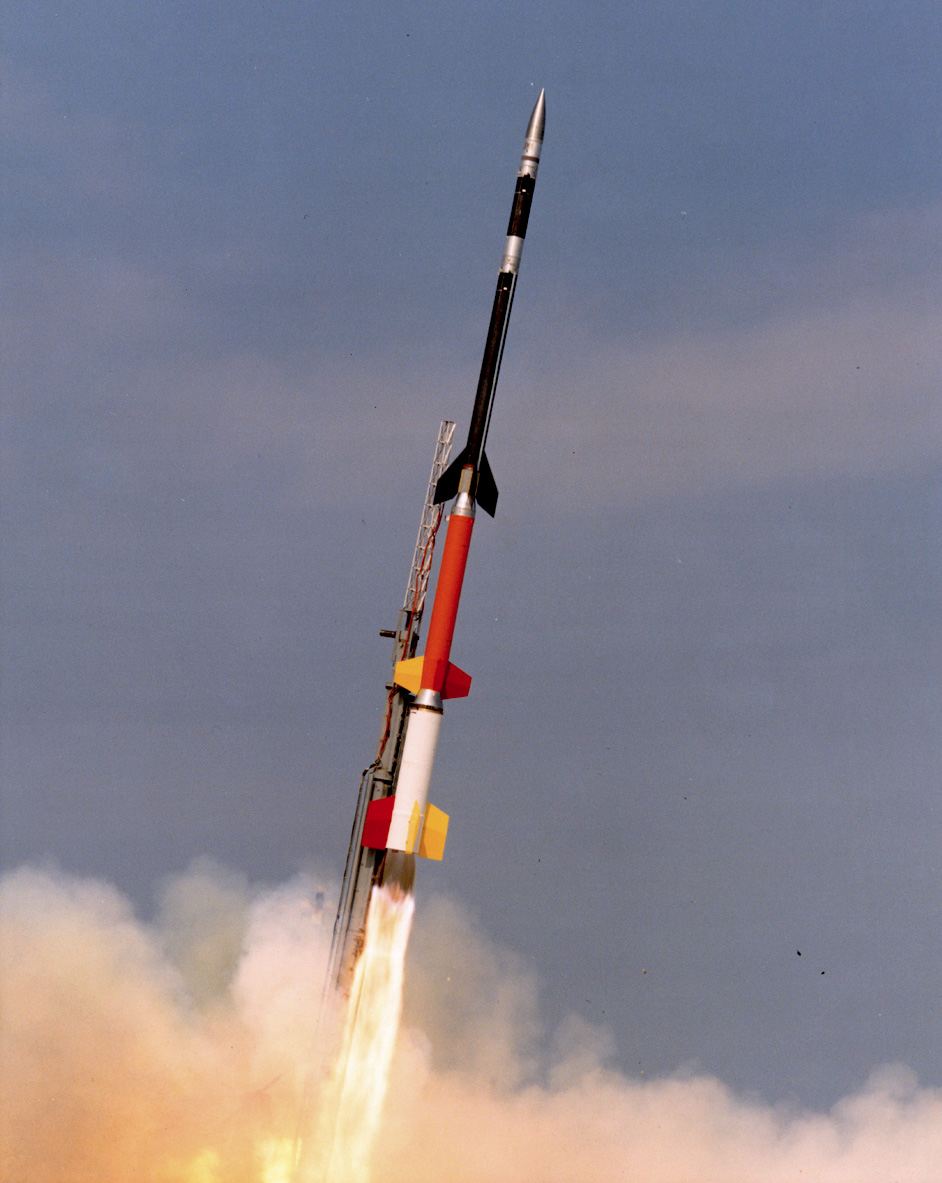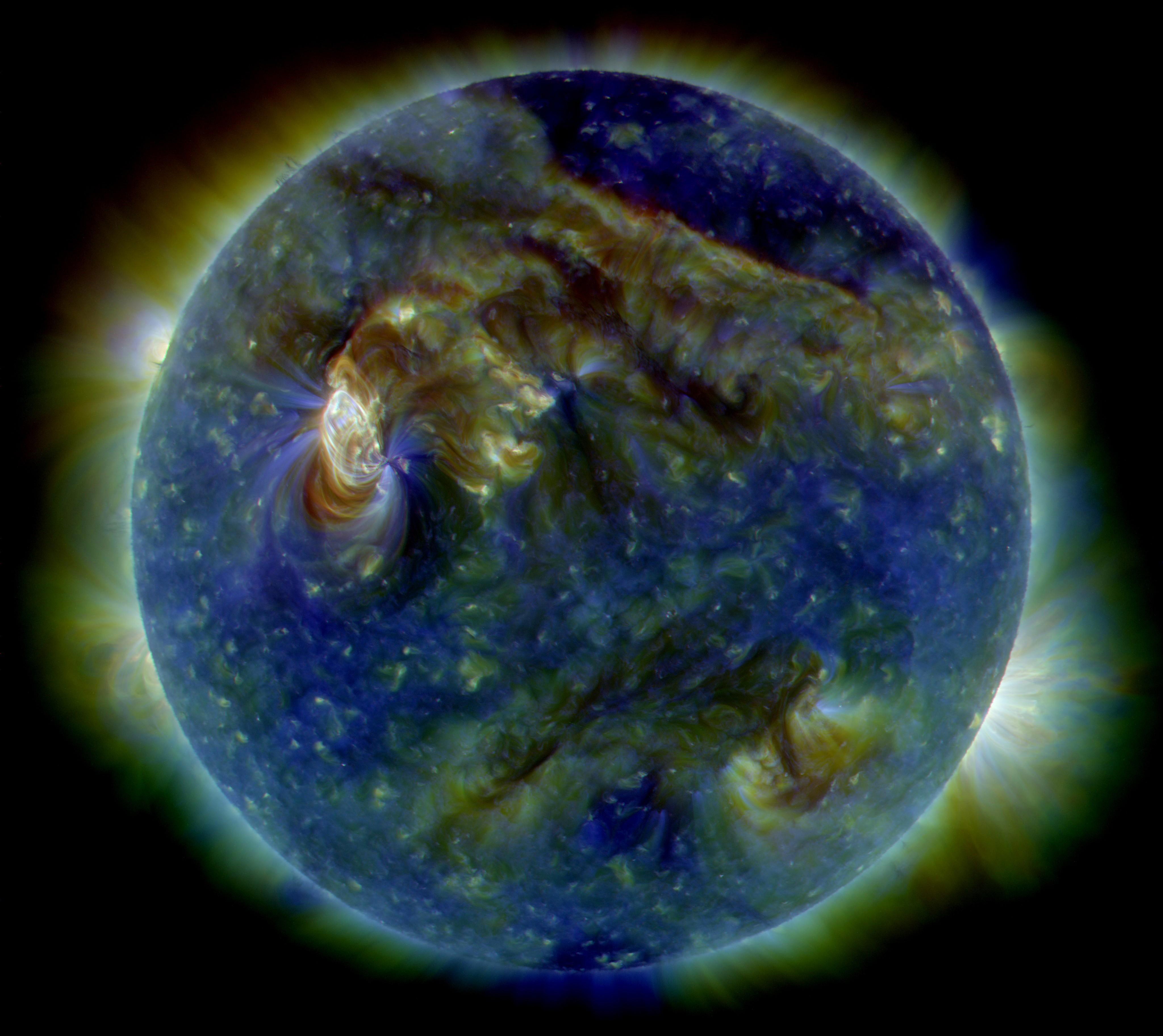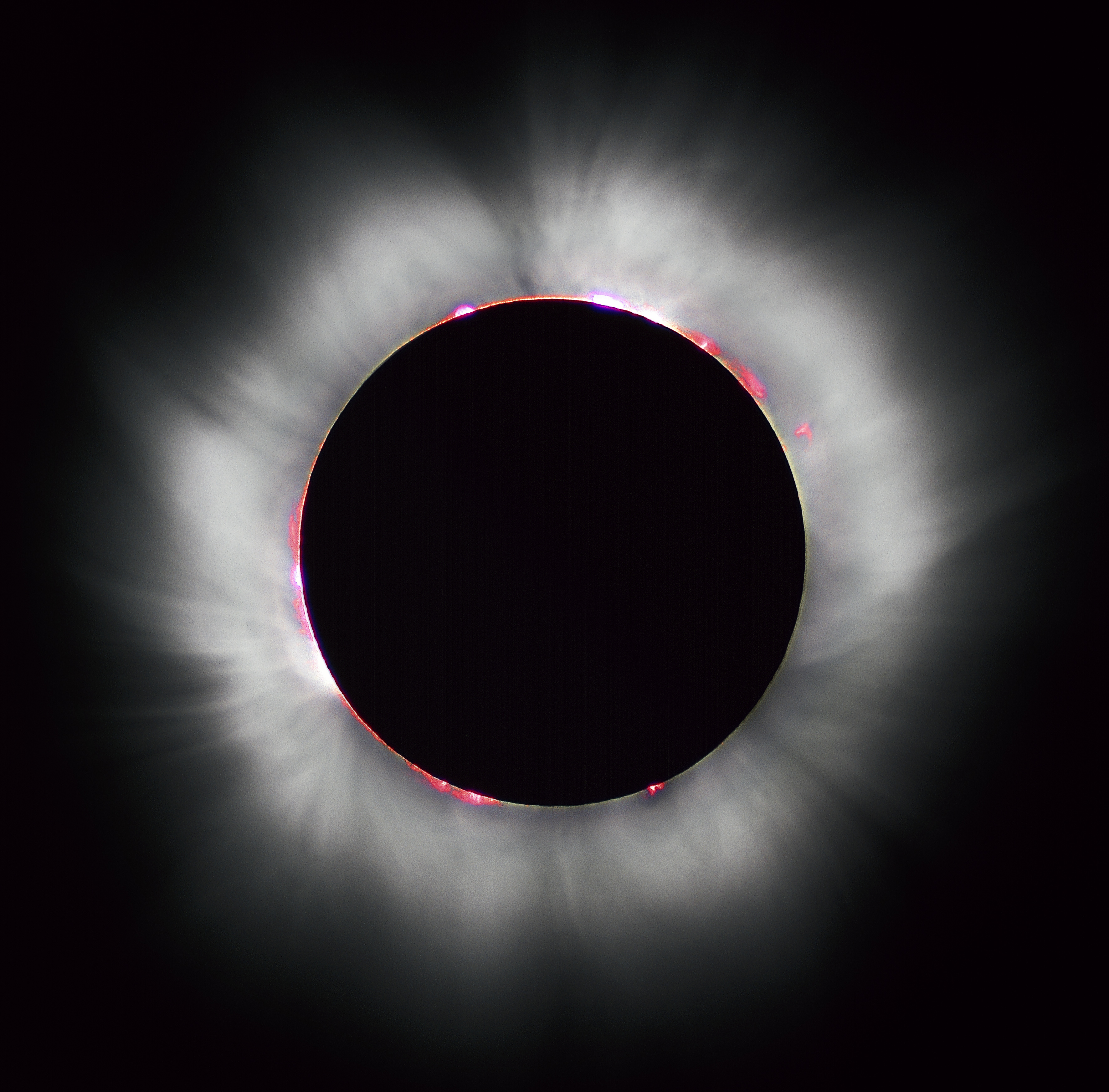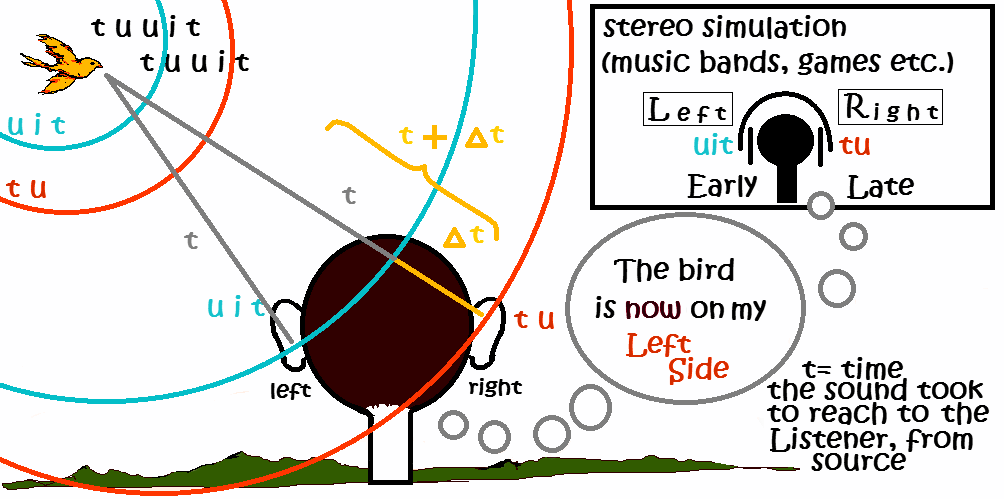|
NIXT
The NIXT, or Normal Incidence X-ray Telescope, was a sounding rocket payload flown in the 1990s by Professor Leon Golub of the Smithsonian Astrophysical Observatory, to prototype normal-incidence (conventional) optical designs in extreme ultraviolet (EUV) solar imaging. In the EUV, the surface of the Sun appears dark, and hot structures in the solar corona appear bright; this allows study of the structure and dynamics of the solar corona near the surface of the Sun, which is not possible using visible light. NIXT and its sister rocket, the MSSTA, were the prototypes for all normal-incidence EUV imaging instruments in use today, including SOHO/EIT, TRACE, and STEREO/SECCHI. In 1989, a NIXT sounding rocket launch detected soft X-Rays coming from a Solar flare. It was launched when the solar event was detected to allow high resolution imaging of the Sun's corona. Results from the observations were presented in 1990 in different papers. NIXT was launched throughout the early 1990s ... [...More Info...] [...Related Items...] OR: [Wikipedia] [Google] [Baidu] |
MSSTA
The Multi-spectral solar telescope array, or MSSTA, was a sounding rocket payload built by Professor A.B.C. Walker, Jr. at Stanford University in the 1990s to test EUV/XUV imaging of the Sun using normal incidence EUV-reflective multilayer optics. MSSTA contained a large number of individual telescopes (> 10), all trained on the Sun and all sensitive to slightly different wavelengths of ultraviolet light. Like all sounding rockets, MSSTA flew for approximately 14 minutes per mission, about 5 minutes of which were in space—just enough time to test a new technology or yield "first results" science. MSSTA is one of the last solar observing instruments to use photographic film rather than a digital camera system such as a CCD. MSSTA used film instead of a CCD in order to achieve the highest possible spatial resolution and to avoid the electronics difficulty presented by the large number of detectors that would have been required for its many telescopes. MSSTA and its sister ... [...More Info...] [...Related Items...] OR: [Wikipedia] [Google] [Baidu] |
Extreme Ultraviolet Imaging Telescope
The Extreme ultraviolet Imaging Telescope (EIT) is an instrument on the SOHO spacecraft used to obtain high-resolution images of the solar corona in the ultraviolet range. The EIT instrument is sensitive to light of four different wavelengths: 17.1, 19.5, 28.4, and 30.4 nm, corresponding to light produced by highly ionized iron (XI)/(X), (XII), (XV), and helium (II), respectively. EIT is built as a single telescope with a quadrant structure to the entrance mirrors: each quadrant reflects a different colour of EUV light, and the wavelength to be observed is selected by a shutter that blocks light from all but the desired quadrant of the main telescope. The EIT wavelengths are of great interest to solar physicists because they are emitted by the very hot solar corona but not by the relatively cooler photosphere of the Sun; this reveals structures in the corona that would otherwise be obscured by the brightness of the Sun itself. EIT was originally conceived as a viewfinder inst ... [...More Info...] [...Related Items...] OR: [Wikipedia] [Google] [Baidu] |
List Of X-ray Space Telescopes
X-ray telescopes are designed to observe the x-ray region of the electromagnetic spectrum. X-rays from outer space cannot be observed from the ground due to absorption by the atmosphere, and so x-ray telescopes must be launched into orbit. Their mirrors require a very low angle of reflection (typically 10 arc-minutes to 2 degrees). These are called ''glancing (or grazing) incidence mirrors''. In 1952, Hans Wolter outlined three ways a telescope could be built using only this kind of mirror. Space-borne observatories and instruments This list contains space-borne observatories as well as X-ray instruments as part of a larger mission, both past, present and in the proposal stage. High-altitude atmospheric observatories and instruments Sometimes X-Ray observations are made from a near-space environment on sounding rockets or high-altitude balloons. * Normal Incidence X-ray Telescope (series of sounding rocket payloads, flown in the late 1980s and 1990s) * Multi-spectral solar te ... [...More Info...] [...Related Items...] OR: [Wikipedia] [Google] [Baidu] |
Rapid Acquisition Imaging Spectrograph Experiment
Rapid Acquisition Imaging Spectrograph Experiment or RAISE is a NASA funded series of sounding rocket missions to study the Sun in extreme ultraviolet. RAISE is supported by NASA's Sounding Rocket Program at NASA's Wallops Flight Facility in Virginia. NASA's Heliophysics Division manages the Sounding Rocket Program. Several missions continuously study the Sun such as NASA's Solar Dynamics Observatory (SDO), and the Solar Terrestrial Relations Observatory (STEREO) but certain areas of the Sun demand especially high-cadence observations in order to understand the rapid changes occurring there. This is the purpose of RAISE. The third flight in the series was launched as RAISE at 14:24:58 EDT, on 5 May 2017. The payload was launched on a NASA Black Brant IX sounding rocket at the White Sands Missile Range in New Mexico and flew to an altitude of . The experimenter, Don Hassler with the Southwest Research Institute Southwest Research Institute (SwRI), headquartered in San An ... [...More Info...] [...Related Items...] OR: [Wikipedia] [Google] [Baidu] |
Sounding Rocket
A sounding rocket or rocketsonde, sometimes called a research rocket or a suborbital rocket, is an instrument-carrying rocket designed to take measurements and perform scientific experiments during its sub-orbital flight. The rockets are used to launch instruments from 48 to 145 km (30 to 90 miles) above the surface of the Earth, the altitude generally between weather balloons and satellites; the maximum altitude for balloons is about 40 km (25 miles) and the minimum for satellites is approximately 121 km (75 miles). Certain sounding rockets have an apogee between 1,000 and 1,500 km (620 and 930 miles), such as the Black Brant X and XII, which is the maximum apogee of their class. Sounding rockets often use military surplus rocket motors. NASA routinely flies the Terrier Mk 70 boosted Improved Orion, lifting 270–450-kg (600–1,000-pound) payloads into the exoatmospheric region between 97 and 201 km (60 and 125 miles). Etymology The origin of the term ... [...More Info...] [...Related Items...] OR: [Wikipedia] [Google] [Baidu] |
Leon Golub (astrophysicist)
Leon Golub (January 23, 1922 – August 8, 2004) was an American painter. He was born in Chicago, Illinois, where he also studied, receiving his BA at the University of Chicago in 1942, and his BFA and MFA at the Art Institute of Chicago in 1949 and 1950, respectively. He was married to and collaborated with the artist Nancy Spero (August 24, 1926 – October 18, 2009). Their son Stephen Golub was an economics professor at Swarthmore College. Their son Philip Golub is Professor of International and Comparative Politics at the American University of Paris and was a longstanding contributing editor of the influential journal ''Le Monde diplomatique''. Their youngest son Paul Golub is a theater director and acting teacher working in France. Early life Born in Chicago in 1922, Golub received his B.A. in Art History from the University of Chicago in 1942. Then he was enlisted in the army. From 1947 to 1949, he studied under the G.I. Bill at the School of the Art Institute of C ... [...More Info...] [...Related Items...] OR: [Wikipedia] [Google] [Baidu] |
Smithsonian Astrophysical Observatory
The Smithsonian Astrophysical Observatory (SAO) is a research institute of the Smithsonian Institution, concentrating on astrophysical studies including galactic and extragalactic astronomy, cosmology, solar, earth and planetary sciences, theory and instrumentation, using observations at wavelengths from the highest energy gamma rays to the radio, along with gravitational waves. Established in Washington, D.C., in 1890, the SAO moved its headquarters in 1955 to Cambridge, Massachusetts, where its research is a collaboration with the Harvard College Observatory (HCO) and the Harvard University Department of Astronomy. In 1973, the Smithsonian and Harvard formalized the collaboration as the Center for Astrophysics , Harvard & Smithsonian (CfA) under a single Director. History Samuel Pierpont Langley, the third Secretary of the Smithsonian, founded the Smithsonian Astrophysical Observatory on the south yard of the Smithsonian Castle (on the U.S. National Mall) o ... [...More Info...] [...Related Items...] OR: [Wikipedia] [Google] [Baidu] |
Extreme Ultraviolet
Extreme ultraviolet radiation (EUV or XUV) or high-energy ultraviolet radiation is electromagnetic radiation in the part of the electromagnetic spectrum spanning wavelengths from 124 nm down to 10 nm, and therefore (by the Planck–Einstein equation) having photons with energies from 10 eV up to 124 eV. EUV is naturally generated by the solar corona and artificially by plasma, high harmonic generation sources and synchrotron light sources. Since UVC extends to 100 nm, there is some overlap in the terms. The main uses of extreme ultraviolet radiation are photoelectron spectroscopy, solar imaging, and lithography. In air, EUV is the most highly absorbed component of the electromagnetic spectrum, requiring high vacuum for transmission. EUV generation Neutral atoms or condensed matter cannot emit EUV radiation. Ionization must take place first. EUV light can only be emitted by electrons which are bound to multicharged positive ions; for example ... [...More Info...] [...Related Items...] OR: [Wikipedia] [Google] [Baidu] |
Solar Corona
A corona ( coronas or coronae) is the outermost layer of a star's atmosphere. It consists of plasma. The Sun's corona lies above the chromosphere and extends millions of kilometres into outer space. It is most easily seen during a total solar eclipse, but it is also observable with a coronagraph. Spectroscopic measurements indicate strong ionization in the corona and a plasma temperature in excess of , much hotter than the surface of the Sun, known as the photosphere. The word ''corona'' is , in turn derived . History In 1724, French-Italian astronomer Giacomo F. Maraldi recognized that the aura visible during a solar eclipse belongs to the Sun, not to the Moon. In 1809, Spanish astronomer José Joaquín de Ferrer coined the term 'corona'. Based in his own observations of the 1806 solar eclipse at Kinderhook (New York), de Ferrer also proposed that the corona was part of the Sun and not of the Moon. English astronomer Norman Lockyer identified the first element unknow ... [...More Info...] [...Related Items...] OR: [Wikipedia] [Google] [Baidu] |
Visible Light
Light or visible light is electromagnetic radiation that can be perceived by the human eye. Visible light is usually defined as having wavelengths in the range of 400–700 nanometres (nm), corresponding to frequencies of 750–420 terahertz, between the infrared (with longer wavelengths) and the ultraviolet (with shorter wavelengths). In physics, the term "light" may refer more broadly to electromagnetic radiation of any wavelength, whether visible or not. In this sense, gamma rays, X-rays, microwaves and radio waves are also light. The primary properties of light are intensity, propagation direction, frequency or wavelength spectrum and polarization. Its speed in a vacuum, 299 792 458 metres a second (m/s), is one of the fundamental constants of nature. Like all types of electromagnetic radiation, visible light propagates by massless elementary particles called photons that represents the quanta of electromagnetic field, and can be analyzed as both waves and particl ... [...More Info...] [...Related Items...] OR: [Wikipedia] [Google] [Baidu] |
TRACE
Trace may refer to: Arts and entertainment Music * ''Trace'' (Son Volt album), 1995 * ''Trace'' (Died Pretty album), 1993 * Trace (band), a Dutch progressive rock band * ''The Trace'' (album) Other uses in arts and entertainment * ''Trace'' (magazine), British hip-hop magazine * ''Trace'' (manhwa), a Korean internet cartoon * ''Trace'' (novel), a novel by Patricia Cornwell * ''The Trace'' (film), a 1994 Turkish film * ''The Trace'' (video game), 2015 video game * ''Sama'' (film), alternate title ''The Trace'', a 1988 Tunisian film * Trace, a fictional character in the game '' Metroid Prime Hunters'' * Trace, the protagonist of '' Axiom Verge'' * Trace, another name for Portgas D. Ace, a fictional character in the manga ''One Piece'' * TRACE, the main brand for a number of music channels such as Trace Urban Language * Trace (deconstruction), a concept in Derridian deconstruction * Trace (linguistics), a syntactic placeholder resulting from a transformation * TRACE (psyc ... [...More Info...] [...Related Items...] OR: [Wikipedia] [Google] [Baidu] |
STEREO
Stereophonic sound, or more commonly stereo, is a method of sound reproduction that recreates a multi-directional, 3-dimensional audible perspective. This is usually achieved by using two independent audio channels through a configuration of two loudspeakers (or stereo headphones) in such a way as to create the impression of sound heard from various directions, as in natural hearing. Because the multi-dimensional perspective is the crucial aspect, the term ''stereophonic'' also applies to systems with more than two channels or speakers such as quadraphonic and surround sound. Binaural sound systems are also ''stereophonic''. Stereo sound has been in common use since the 1970s in entertainment media such as broadcast radio, recorded music, television, video cameras, cinema, computer audio, and internet. Etymology The word ''stereophonic'' derives from the Greek (''stereós'', "firm, solid") + (''phōnḗ'', "sound, tone, voice") and it was coined in 1927 by Western E ... [...More Info...] [...Related Items...] OR: [Wikipedia] [Google] [Baidu] |




.jpg)
